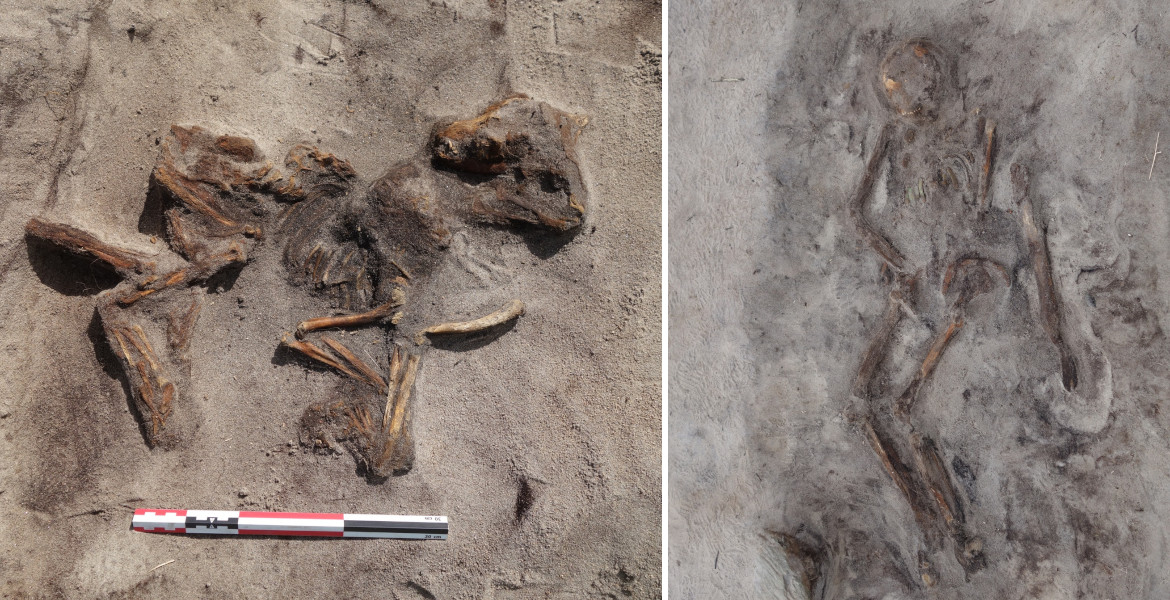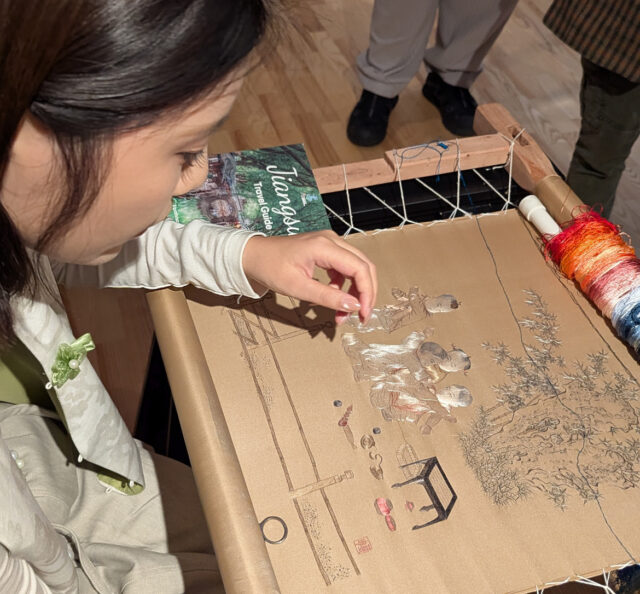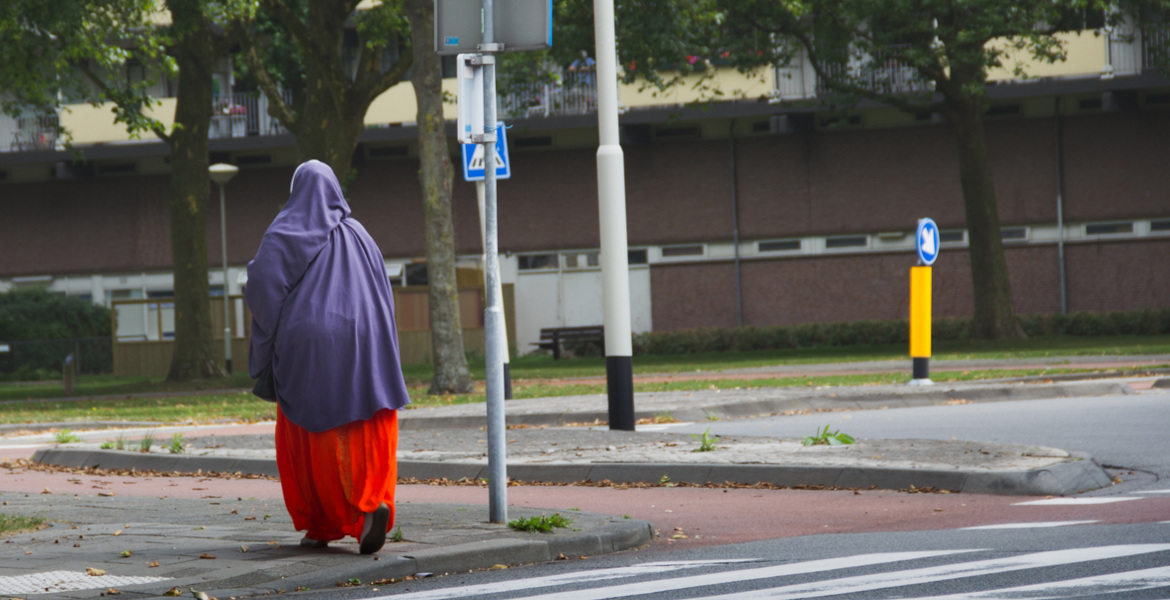Archaeologists in Norway have uncovered the grave of a woman buried alongside a dog in a Viking-era boat burial. The woman is believed to have been a person of importance, as boat graves were a sign of high status during the Viking Age.
Norwegian hobbyists Stig Rune Johannessen and Nils Arne Solvold were out with their metal detectors about two years ago in a field in southeastern Norway when they discovered two oval brooches – common during the Viking Age – along with bone fragments. When archaeologists later examined the site, they dated the brooches to between 900 and 950 AD. Excavation of the grave began last week, confirming it to be a Viking boat burial.
Although the boat was poorly preserved, archaeologists determined it had been about 5.4 meters long. In the center of the boat were the remains of a woman, and at her feet lay the skeleton of a dog.
– Whether it was a pet or served a practical function, we’re not entirely sure yet. But one can imagine that it was an animal of significance to her in life, Anja Roth Niemi, researcher and head of the department of administrative archaeology at the Arctic University Museum of Norway, told the Norwegian state broadcaster NRK.
The woman was buried with a number of grave goods: an iron sickle, a slate whetstone, a possible bronze earring, two disc-shaped beads that may be amber, and what appears to be a weaving sword made from whale bone.
A Unique Find
The grave was just 30 centimeters below the surface, near a garage. It was a so-called flat-ground grave, meaning it lacked a burial mound, which was more typical in Viking times. These types of graves are particularly valuable to researchers because they are often undisturbed.
– Flat-ground graves are quite exciting because they often escape notice, as they’re not visible on the surface, Niemi explained.
The next step is to analyze the remains to learn more about the woman’s life, her health, and the society she lived in. Researchers also hope to identify the breed of dog buried with her and determine how it died. However, archaeologists are fairly confident that the woman belonged to the upper ranks of society.
– Being buried in a boat alone suggests she was a special person. And the grave goods indicate she held fairly high status – at least locally, and possibly regionally, Niemi said.








